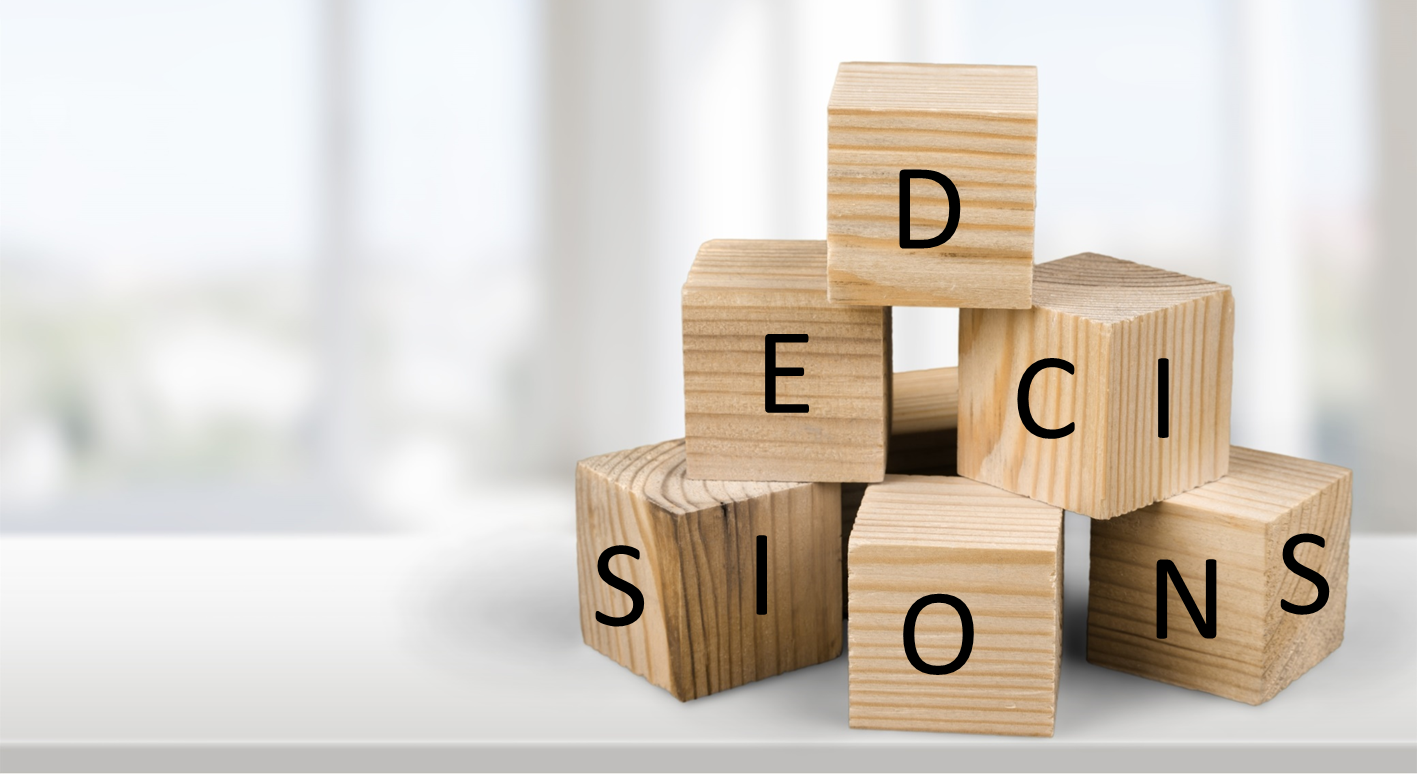 Elon Musk used this method of thinking to transform Tesla into a supply chain powerhouse and launch low-cost rockets into space. Reid Hoffman positioned Netflix to dominate the online streaming industry with nearly 200 million subscribers by leveraging this ancient thought process. What is it? Reasoning from first principles, and when applied to decision making, can help to supercharge and simplify how you make decisions. The case for something simpler As a new manager, I struggled with how best to make decisions, quickly, consistently, and with the right impact. When should I use intuition? Data? Analytical tools? Consult others for the input? Looking back on the results of my decisions in my first few years as a manager, I knew that I could do better. I wasn't getting the results I wanted and it was taking me too long to make decisions, even the simple ones. I distinctly remember my frustration coming to a head on a bright and sunny Iowa summer evening about ten years ago when I blew threw a red light, so consumed was I thinking about the sheer number of decisions I had to make the following day. For me, this was a problem that needed solving and as an engineer, I felt well equipped to approach decision making as a problem for which first principles reasoning could be used to solve. Aristotle's axiom Musk and Hoffman both employed a first principles way of thinking, initially conceived by Aristotle more than two thousand years ago. For me to re-engineer how I made decisions, this meant taking a step back and pressing pause on my knowledge, analogies, biases, and other factors which influenced my decision making to consider the most basic building blocks of any decision. Decision building blocks: tear it down and build it up Let's start with a definition. A decision is simply something you choose. Most decisions we make are done so automatically and we prefer it that way. Decision will power is finite and every time we have to engage the logical and thinking parts of our brain to consciously make a decision, we chip away our ability to make a good decision next time. Daniel Kahneman does a magnificent job detailing the two models of thought (System 1 - fast, automatic, and System 2 - slow, logical) in his book Thinking, Fast and Slow. I knew that I needed to keep as many decisions as possible in the automatic realm of System 1 and only engage System 2 when it really counts. This could be done by identifying the type of decision, but first I needed to consider the most basic elements of a decisions. After more research than I care to recount, I came to the conclusion that all decisions have three common core elements: people, impact, and complexity.
It all comes down to risk As started to rethink how I made decisions, I needed to consider how these three elements fit together in the context of risk to decide how I wanted to engage with each decision I encountered. Just a few people, low impact to my business, and a very simple A or B choice? That's a low risk decision. I needed to make a decision and move on. These are the majority of decisions I encountered and unfortunately, consumed most of my time. Policy or strategic decisions tended to involve more people, have a greater impact, and were more complex. These were medium risk decision. High risk decisions were the ones where I knew the stakes were high. Often involving a lot of people, with a big impact, and more complex (including plenty of analytics), these were the decisions I knew required more of my energy and focus to do well. Decisions reconstructed: how it all fits together As shown in the triangle, here's how the first principles model for decision making fits together. The base consists of the number of people involved in the decision, the impact the decision will have on the business, and the complexity of the decision. Once I got a feel for the magnitude of these elements, I could then determine if the decision was low risk, medium risk, or high risk. If you're like me and the majority of managers or business leaders, you spend far too much time on low risk decisions as these are the most common. To make more, better, and faster decisions, you need to flip your thinking. Keep the low risk decisions on autopilot and make them fast. Place the effort where it counts, and spend more of your time on medium and high risk decisions. 3 key takeaways 1. First principles can be used to break down a problem into its most basic elements. When applied to decision making, it can help you make more, faster, and better decisions. 2. Decisions are built on a foundation of three common elements: people, impact, and complexity. 3. The magnitude of these elements dictate whether a decision is low risk (autopilot), medium risk (think about it), or high risk (detailed analysis). Identify the type of decision before investing time to solve it. Here's to more, faster, and better decisions and driving great results! -luke Enjoy this post? Please subscribe, like, and share! Comments are closed.
|
subscribeArchives
February 2021
Categories |

 RSS Feed
RSS Feed